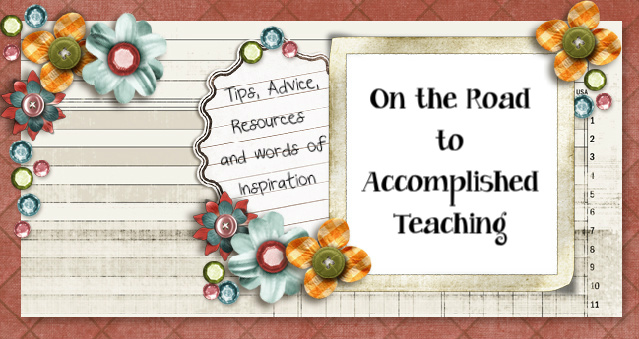Are your students adrift when it comes to developing their writing skills? Why not throw them a raft!
 |
| Rafting adds excitement to learning! |
RAFT is a strategy that helps develop creative writing skills, and helps students practice writing for different audiences.
What is a RAFT?
When writers use RAFT techniques, they look at each element of a sentence and use those elements to create a unique perspective. That perspective helps during creative writing. This is how writers will learn how to write for different audiences.
Consider the letters of the word RAFT:- R - the role (are you an astronaut, a kitten, a molecule)
- A - audience (are you addressing a parent, the principal)
- F - format (journal entry, letter, poem, poster, brochure)
- T - topic (what are you writing about?)
How do we use this strategy?
The best way to introduce this strategy is to use it as a whole class exercise.
1 - Explain each letter of RAFT to your students as an important element to your writing.
2 - Offer an example of each element
role: a Revolutionary War soldier
audience: your family at home
format: a letter
topic: what is happening during the Battle of Bunker Hill
3 -Show a completed sentence after the RAFT elements have been put together
This is the constructed sentence:
As a Revolutionary War soldier, write a letter to your family at home that describes what is happening during the Battle of Bunker Hill.
4 - Give students another example with each element identified, and together with the class construct the sentence.
5 - Now give students the constructed example, and see if they can identify each element of RAFT
4 - Have students choose one of the constructed examples and complete the activity.
When do we use this strategy?
What you want your students to achieve?
to activate prior knowledge - use RAFT before reading
to engage students during a lesson - use RAFT during reading
to assess content knowledge - use RAFT after reading
This can be a whole class activity, small group activity or individual activity. You can also offer students a choice of RAFT activities by placing several Roles, Audiences, Formats and Topic options in a table. Use your creativity, but if you are at a loss, simply google RAFT strategy, and you will find lots of examples. I found this example for science journaling from www.readingrockets.org:
Role
|
Audience
|
Format
|
Topic
|
Plant parts
|
Plant
|
Picture
|
We’re made for each other
|
Roots
|
Stem, flower, leaf, seeds
|
Letter
|
You’d be lost without me
|
Flower
|
Stem, flower, leaf, seeds
|
Ad
|
I’m more than just a pretty face
|
Have fun rafting!
Queen Bee
